This website uses cookies so that we can provide you with the best user experience possible. Cookie information is stored in your browser and performs functions such as recognising you when you return to our website and helping our team to understand which sections of the website you find most interesting and useful.
Grape ale: Is it beer or is it wine?
A recent article in the New Yorker has bought attention to grape ale or ‘viere’ but will the mixture of grape and grain ever succeed? db investigates.
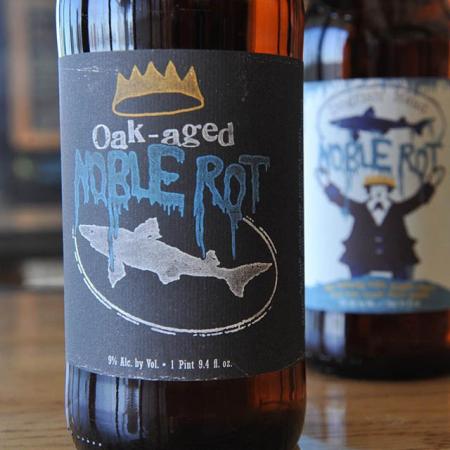
One of the oldest myths around drinking is ‘never mix grape and grain’ if you want to avoid a hangover, but does the same apply to the production process itself?
Belgian breweries have been playing with fruity, grape-forward lambic beers for many years – if not centuries. Additionally, the Italian Grape Ale or ‘IGA’ is perhaps the perfect example of the style, as only grapes or grape must are allowed in beer by Italian law, as blending with wine is not permitted. However, elsewhere breweries have been blending wine with beer to create unusual flavour sensations.
Apart from the Belgians (of which there is more below), in 2018 American brewery Two Roads Brewery launched a Gose-style beer brewed with Sauvignon Blanc grapes. The beer was described as “a blend of crisp, mineral, tropical fruit,” the beer has “gooseberry flavours you expect from Sauvignon Blanc wine, combined with the salty, refreshing tartness of a gose beer”.
Phil Markowski, Two Roads master brewer, commented at the time: “We are always on the lookout for novel high-acid fruits that lend themselves to use in a gose, and Sauvignon Blanc grapes definitely fit the bill. I first experimented with brewing wine grapes back in 1996.”
According to the brewery, the tanker is used to brew its sour beers to avoid bringing bacteria into the main brewery. The new wine/beer hybrid is said to be food-friendly, pairing particularly well with cheese. “The acidity of the beer stands up to mildly intense, creamy cheeses like Taleggio, Livarot or Reblochon beautifully,” added Markowski.
Chapel Down’s previous beer and cider arm, Curious Drinks, also launched a 4.9% ABV sour ale also blended a beer with leftover Chardonnay and Bacchus lees. Winemaker Josh Donaghay-Spire, led the collaboration with The Wild Beer Company to create the quirky barrel-aged sour beer.
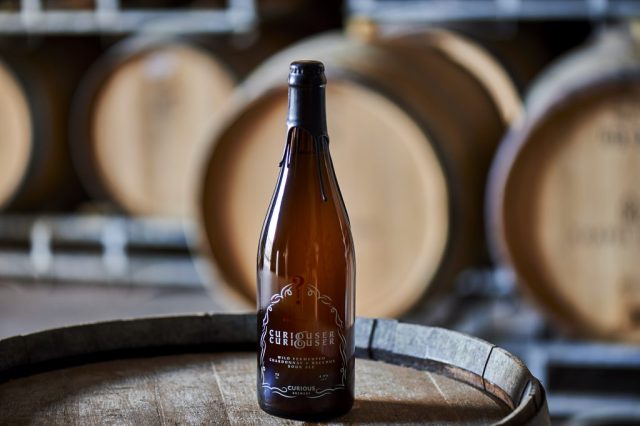
“The brewing process involved topping barrels of our Chardonnay and Bacchus lees with sour beer from the Wild Beer Company, where it then settled for six months,” Donaghay-Spire said at the time. “The beer was then blended with the best four of their summer blend and two of their sourdough barrels, resulting in a beer that confounds expectations and will push most beer drinkers out of their comfort zone, which is a good thing,” he added.
Whatever your thoughts on the process, and whether blending grape and grain is a good idea or even the exact ‘science’ between blending and fermenting with grapes to make beer, it seems like the idea of experimenting with the style is here to stay.
Below are a few examples of the style:
Cantillion Vigneronne
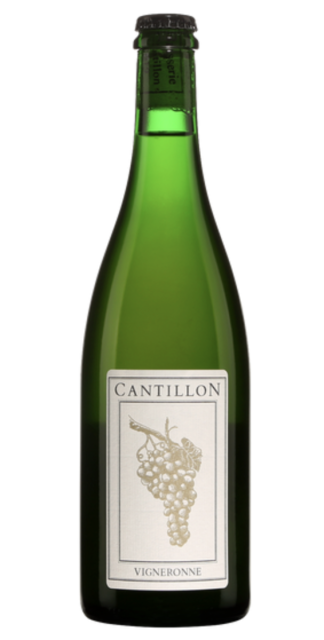
First experimented with in 1973 by brewmaster Jean-Pierre Van Roy, Cantillon Vigneronne was named in 1987 after its association with white wines.
In order to obtain grapes, which are as mature as possible, the brewery buys them at the end of the season. Every year, 1000 kilos of white italian grapes are delivered at the Cantillon brewery in the beginning of October.
According to the brewery, it is ‘difficult to produce more Vigneroone even though the demand exists’ as the grapes are picked by hand, and due to time constraints on the brewing process.
A wonderful, legendary example of the style.
Birrifico Baladin – Nöel
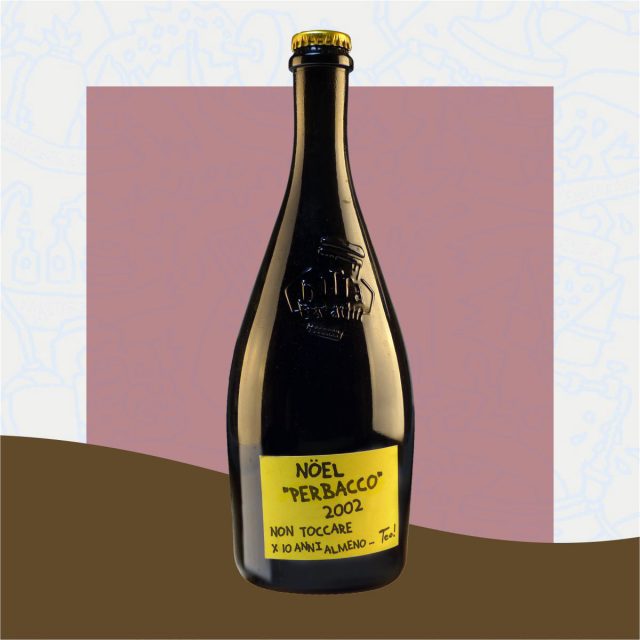
One of the first IGAs was from Birrificio Baladin. The beer was mixed with Dolcetto wine must by Matterino Musso, who in 2002, produced Nöel, which was left to ferment with 25% Dolcetto wine must and is a forerunner of the IGA style.
Bokke – Wijngaard
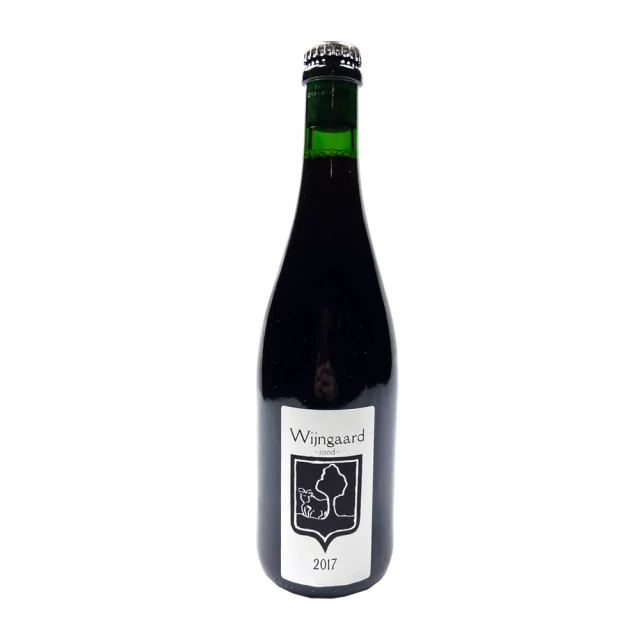
One to 4 year old lambic blended with Dornfelder, Pinot Noir and Gamay grapes. The Dornfelder grapes were harvested in Haspengouw in September 2017, with Pinot Noir harvested in Haspengouw in 2017 and 2018, and Gamay harvested in Beaujolais in August 2018 before being bottled in 2019.
Antidoot – L’Ambigu (Alsace)

A macerated wine from Muscat Ottonel, Pinot Gris and Gewürztraminer, harvested from Christophe Lindenlaub’s vines in Alsace was primary fermented before the wine was added to a barrel of beer brewed 9 months earlier. They were aged for 9 more months in the barrel together.
Abyss – Project Entroido
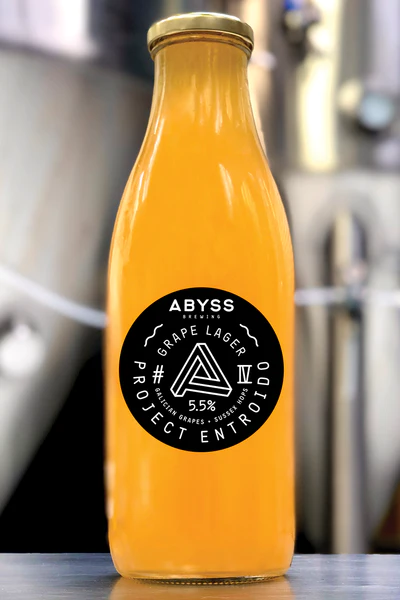
In this recent edition of the series of Project Entroido, UK south coast brewery Abyss blended Sussex vines grown near Lewes and grapes from the Roman terraces of Ourense, North West Spain. Pilsner malt and Spanish kettle and UK hops make for a clean beer-wine with zingy fruit adding a sparkle.
Dogfish Head – Noble Rot

The saison-esque “science project” takes two wine grapes sourced with Alexandria Nicole Cellars and includes unfermented juice from viognier grapes that have been infected with botrytis. The noble rot reduces the water content in the grapes while magnifying their sweetness and complexity. The second pinot gris must is intensified by a process called dropping fruit, where large clusters of grapes are clipped to amplify the quality of those left behind. Noble Rot is brewed with pils and wheat malts and fermented with a distinct Belgian yeast strain. It has a spicy white wine body and a dry, tart finish.

